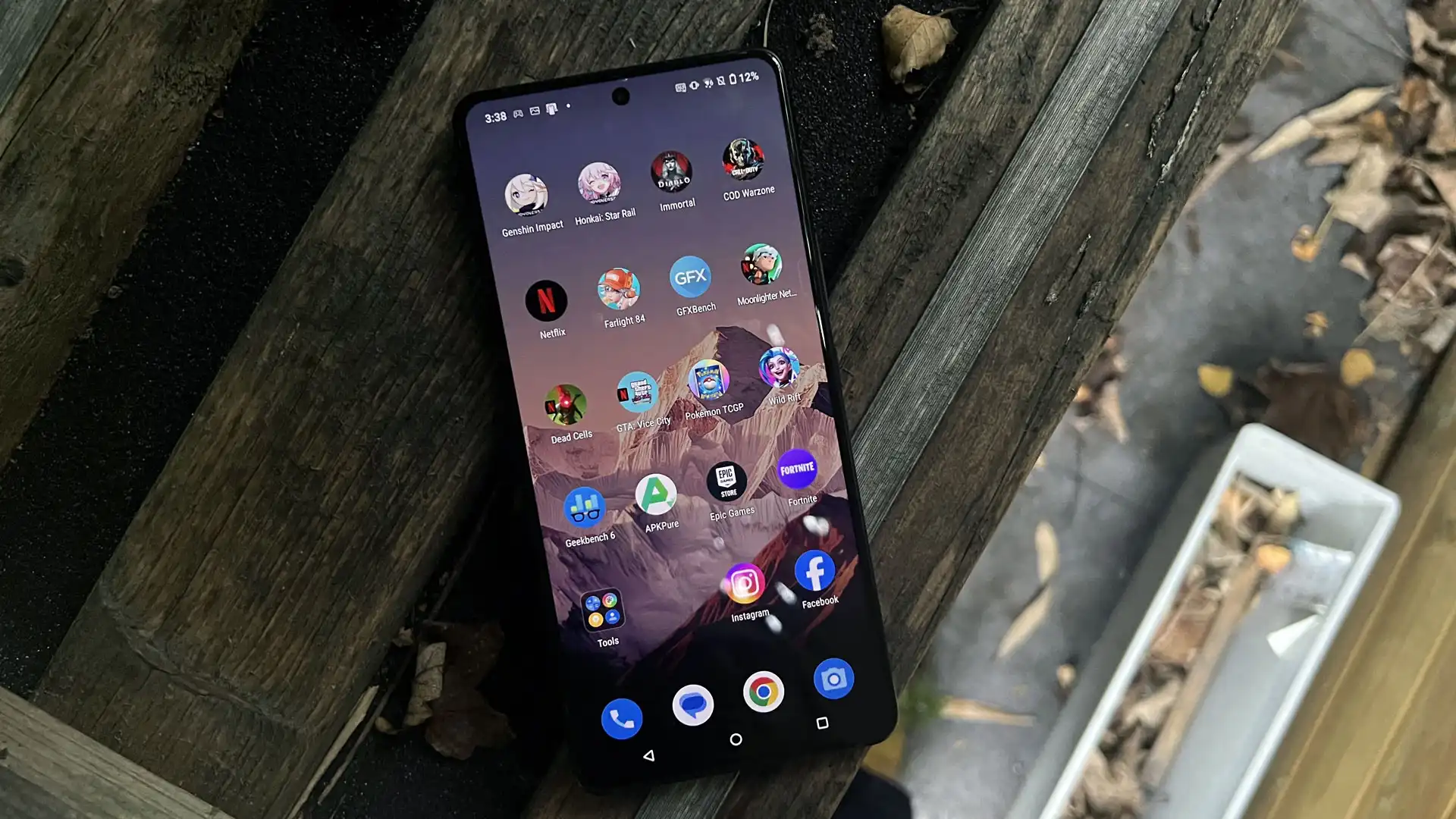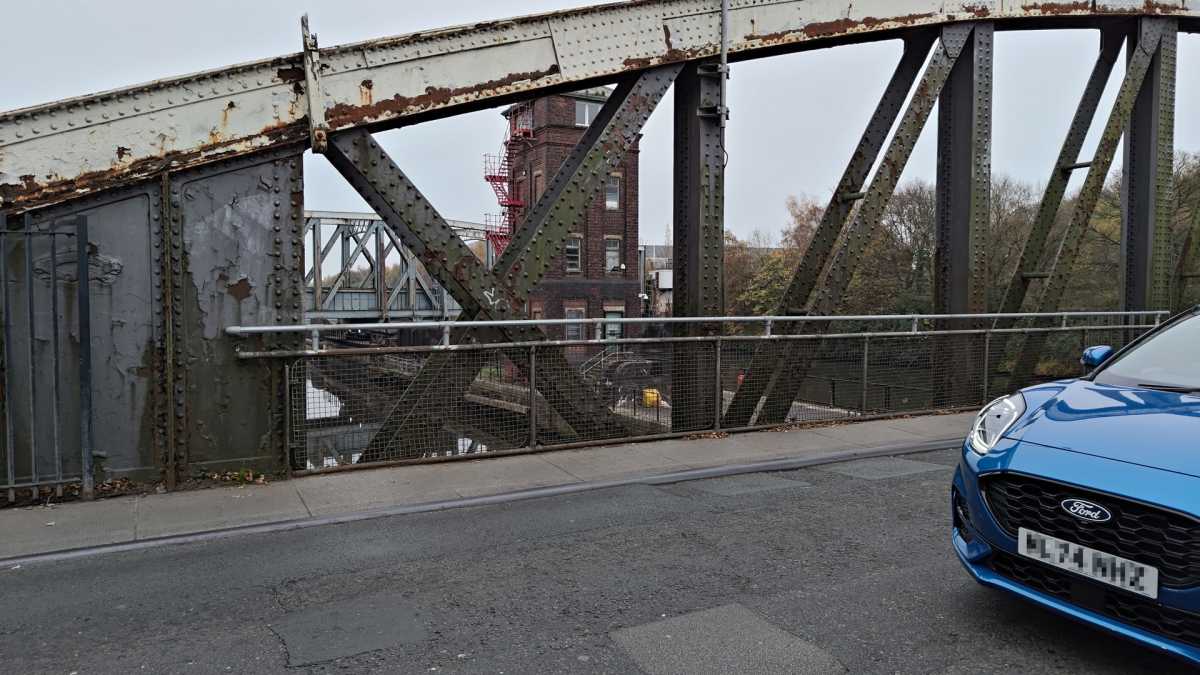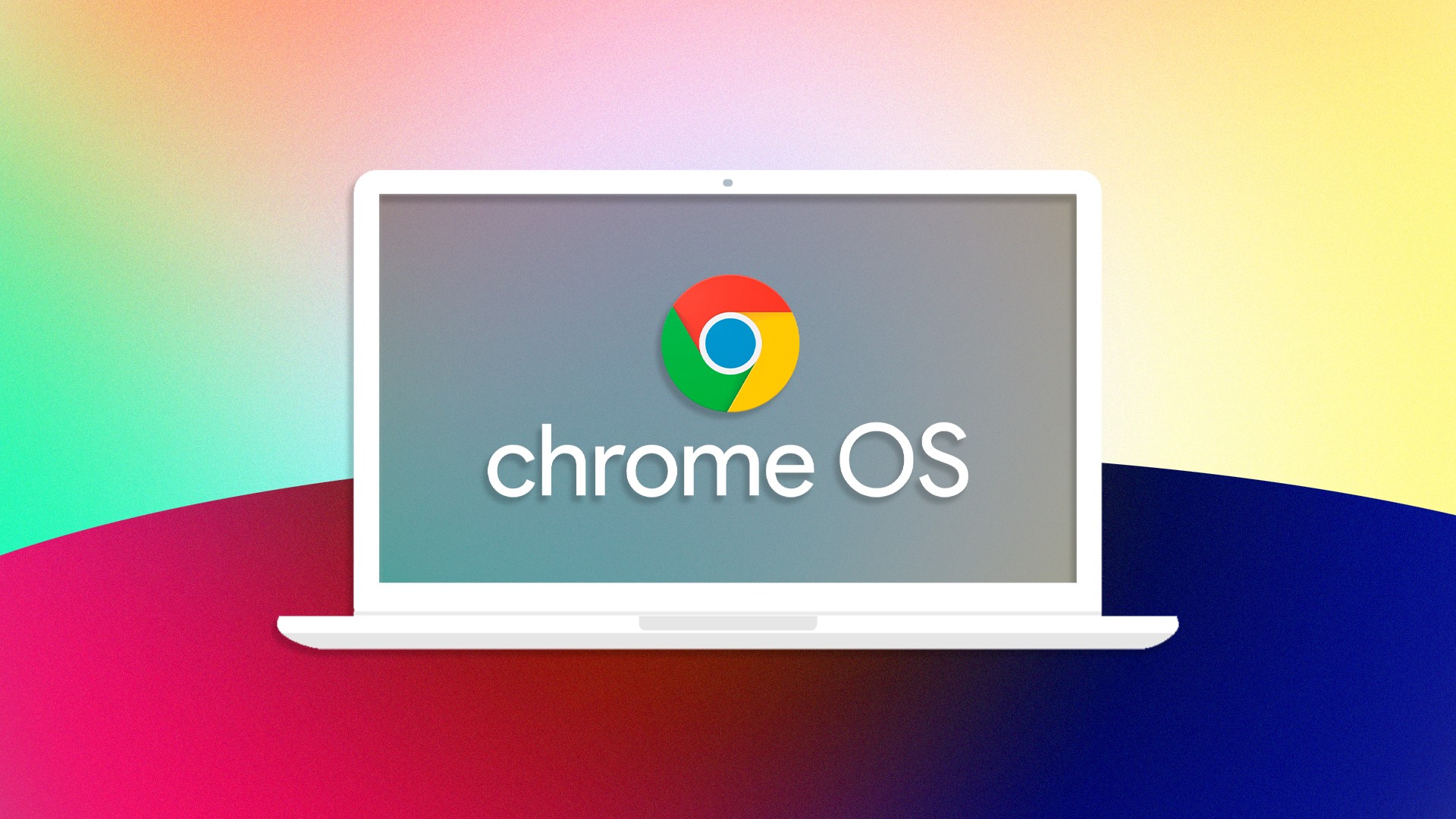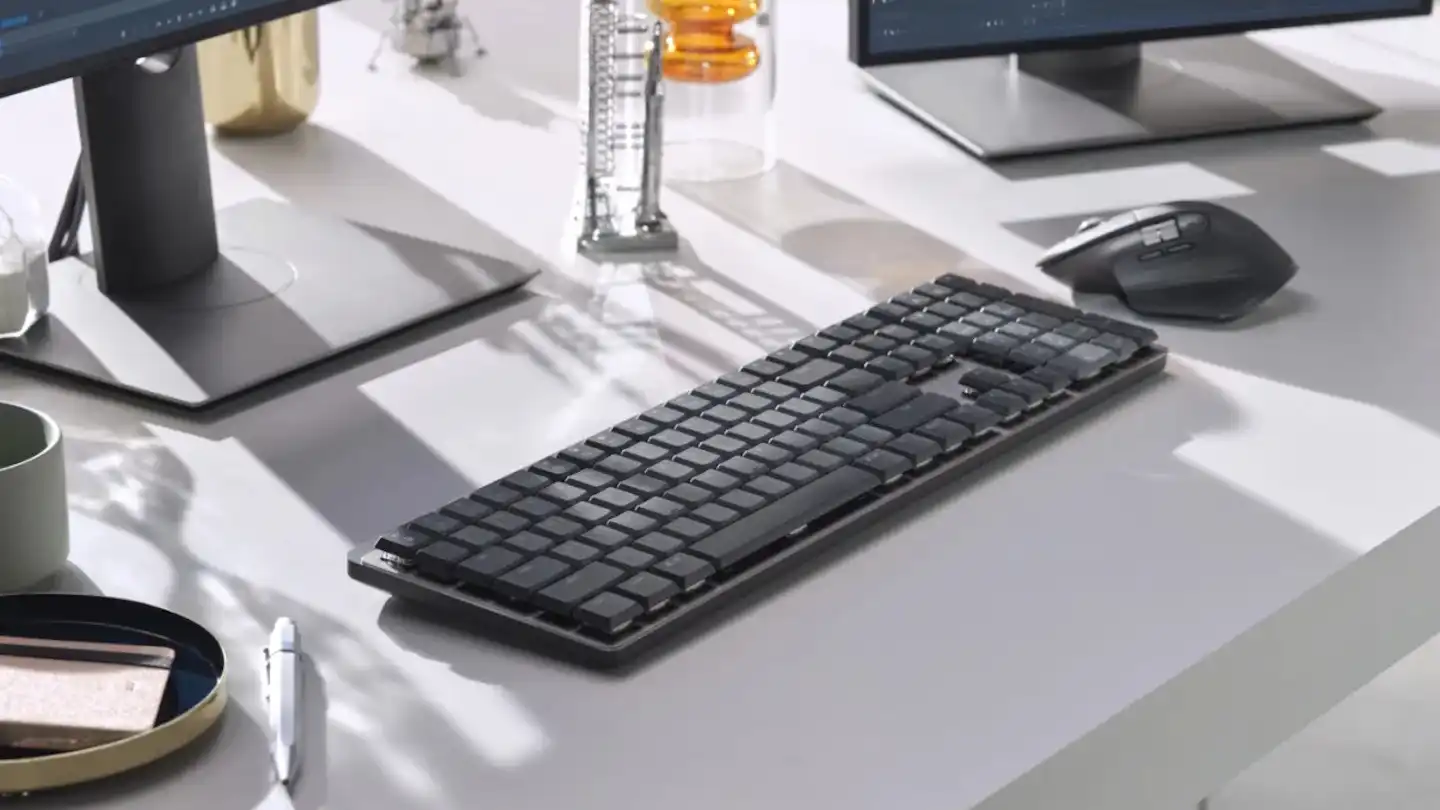The ROG Phone 9 is ready to send off 2024 with a bang. Packing the year’s flagship Qualcomm chipset as usual, it’s a powerhouse of a gaming phone with a price to match.
Half a decade ago, a great gaming phone prioritised CPU, memory, and display, offering a laser-focused rig in your pocket at a price that wouldn’t burn a hole through it. But with mobile games quickly becoming as ambitious as console titles, the paradigm has shifted.
The Asus ROG handsets have always been the luxury on-the-go gaming device. Could this generational change in the average gamer’s needs turn this once unnecessary expense into a near necessity? Here’s my review of the ROG Phone 9 Pro.
Design & Build
- Understated branding
- Capacitive triggers and an LED matrix
- Fingerprint-resistant rear
On first inspection, the ROG Phone 9 Pro could be mistaken for many other black-backed handsets. That might not appeal to everyone, but it’s a good thing in my view.
Asus’ ROG products are typically known for edgy, gamer-inspired looks, which made them a tough sell for some.
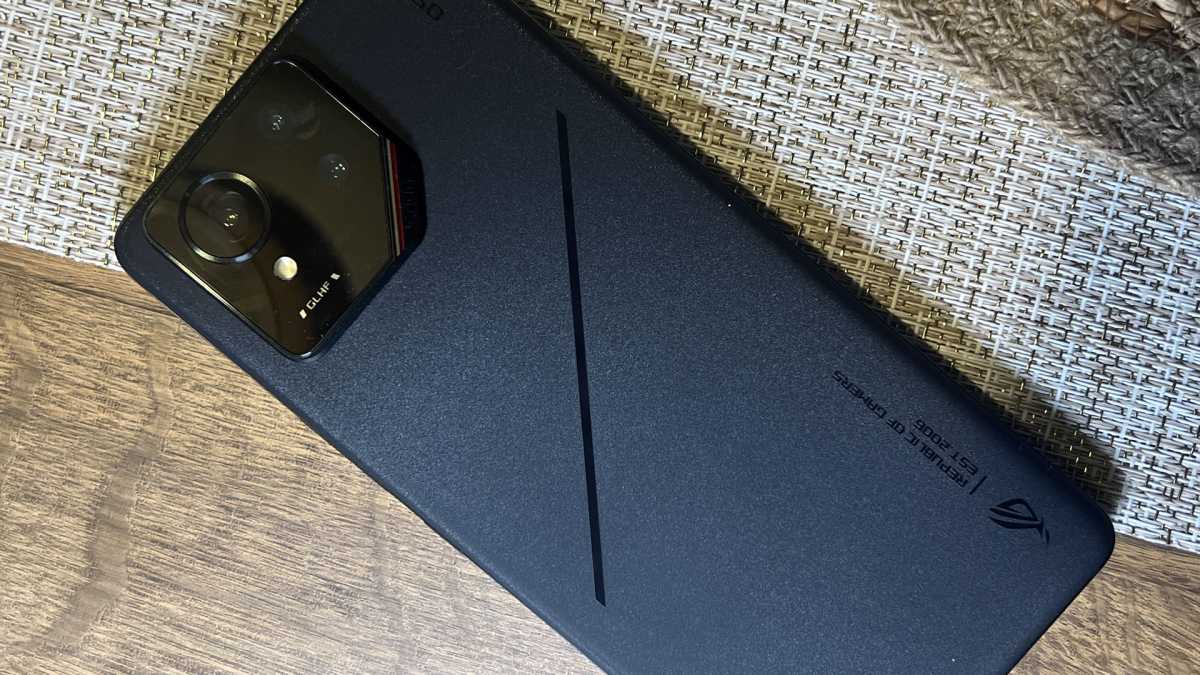
Joshua Brown
Here, the lightly textured matt back only gives way to a smooth diagonal stripe. There’s covert ROG branding with a logo, slogan, and a couple of other hints of its gaming prowess scattered about, but they’re tiny and remain invisible until scrutinised.
The rear details are etched onto a sheet of glass that somehow looks, feels, and sounds like coated plastic. And Asus isn’t wrong in saying it resists fingerprints. The triple camera array looks a little robotic, adopting an unusual shape, but it’s easy to get used to.
Rear details are etched onto a sheet of glass that somehow looks, feels, and sounds like coated plastic
Back to the branding, it’s a “there if you want it, gone if you don’t” approach. You really can have it. Debuting on ROG laptops years back and featuring on the ROG Phone 8 Pro phone, every ROG Phone 9 model now comes with the AniMe Vision LED matrix baked into the back.
The Pro model uses a bewildering 648 LEDs to display detailed images and complex GIFs. It even plays games using the invisible touch-sensitive AirTriggers on the edge. Tap it against another ROG 9 phone, say at a mobile game tournament, to unlock more. It’s a cute touch. However, non-Pro models get an 85 LED array for simple graphics only.
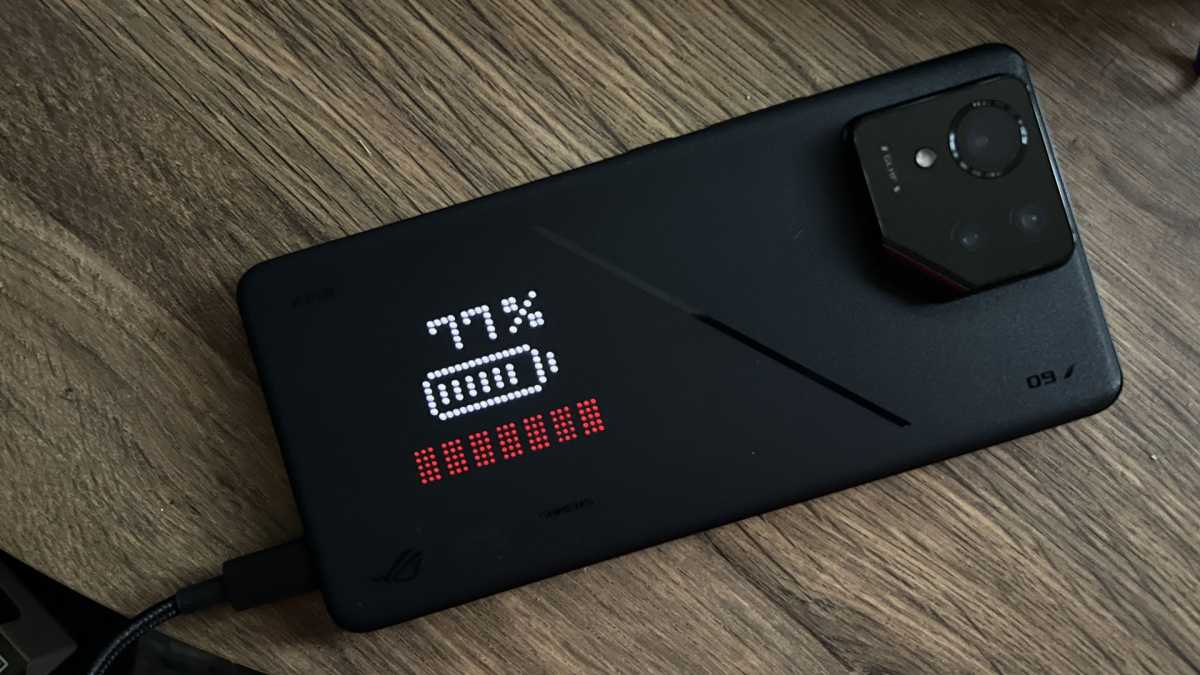
Joshua Brown
The ROG Phone 9 Pro retains the 3.5mm headphone jack. This isn’t a surprise given the concerns of Bluetooth-induced latency and how that can affect competitive performance.
With a headphone jack on one corner and the USB-C charging port on the edge below, you’re right to think it could spell an ergonomic nightmare in landscape.
In reality, it’s genius for a couple of reasons: if you’re using wireless headphones (or none at all) you can hold it landscape and only cover the jack. Second, there’s a second USB-C port on the centre of the long side. You can have wired headphones, charge, and still get a solid, uninterrupted grip when you need to lock in.
Interestingly, it means the ROG Tessen mobile controller (or generally any snap-on mobile game controller) has the complete setup looking more like a PlayStation Portal than a Nintendo Switch.
Screen & Speakers
- Bright, colourful AMOLED panel
- Lightning-fast refresh rates and touch sampling
- Stereo speakers with room to expand via external cooling fan
The ROG Phone 9 Pro, surprisingly, follows in the footsteps of most modern handsets when it comes to speakers. There’s a two-piece speaker grille nestled between the SIM tray and charging port on the bottom and nothing but a microphone on the other side.
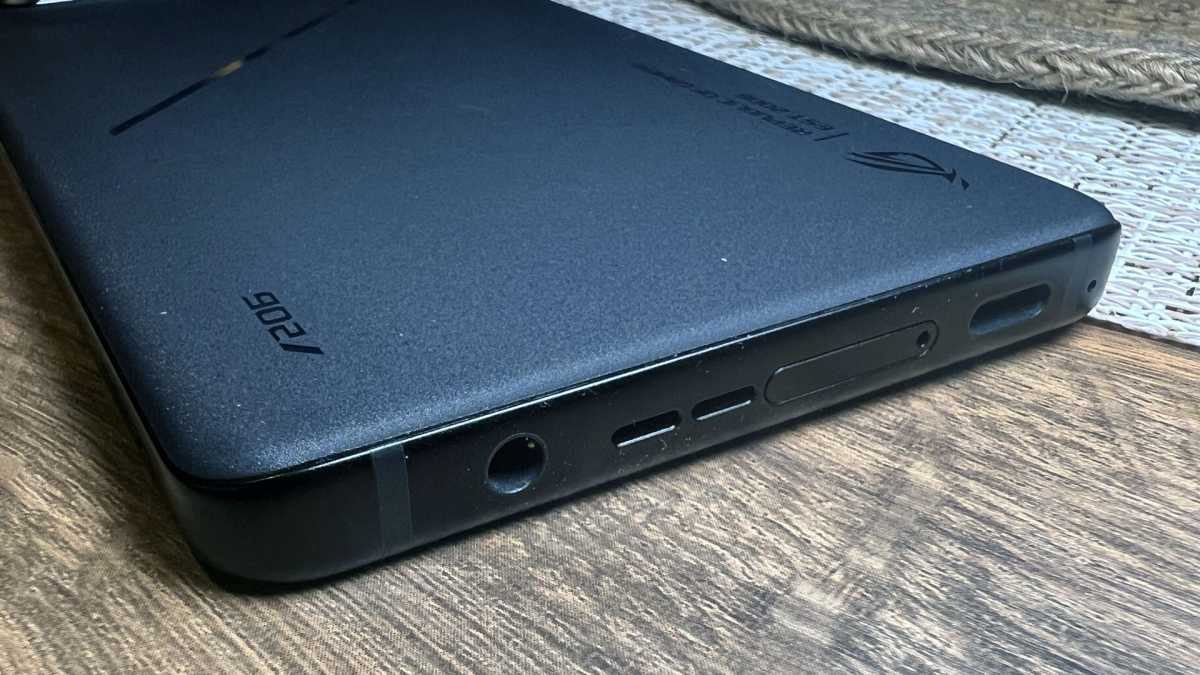
Joshua Brown
That earpiece speaker supplies extra oomph that pairs well with the main speaker to offer very loud audio. It’s also fairly bass-focused and largely fine for directional audio of in-game gunshots, for example. It’s not the best for immersing yourself in a movie or travel video, but it’s no slouch.
The ROG Phone 9 Pro has the same display as its predecessor – a 6.78-inch 2400×1080 AMOLED that enjoys the inky blacks of OLED while retaining bright highlights. Can the Gorilla Glass Victis 2 resist game-induced scratches and repeated trips to the pocket? It’s doing an admiral job so far.
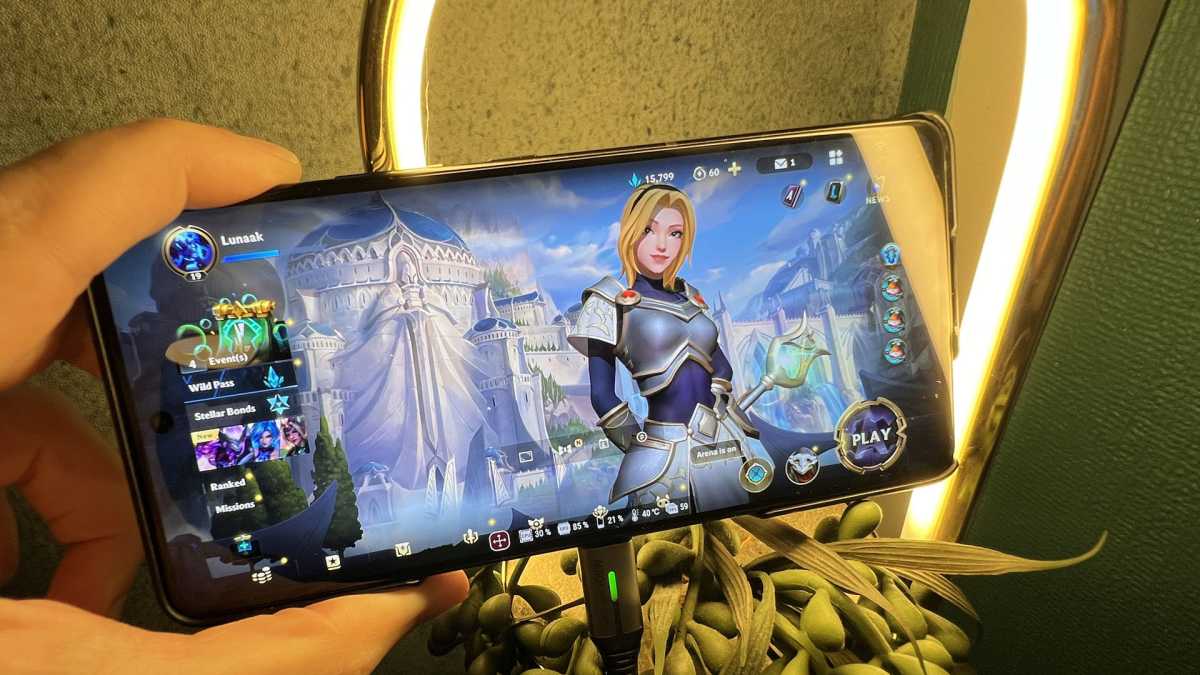
Joshua Brown
While not the sharpest panel around, it’s perfect for a gaming-focused handset. Higher resolutions demand more power – there’s a reason you’ll see pros dial things back. Every frame matters, and driving more pixels invites trouble and low battery notifications.
The AMOLED tech makes colours pop, and with up to 1,600 nits when needed, HDR content shines bright.
The ROG Phone 9 and 9 Pro’s displays also set a new standard for screen refresh rates. The screens can hit 185Hz, higher than any other phone at the time of launch.
The display on the 9 Pro is beautifully smooth across all scenarios
However, there are caveats to this. It’s only available as an option within the ‘Game Genie’ app, meaning regular content is limited to the (still incredible) 165Hz. Also, so few apps can actually take advantage of the 185Hz that it’s not a meaningful upgrade.
Nonetheless, the display on the 9 Pro is beautifully smooth across all scenarios. Leave it on Auto and it’ll adjust to match on-screen content, remaining smooth even as framerates fluctuate.
There’s also a 960Hz touch sampling rate (how many times the screen can register a touch input each second), helping make the phone incredibly fluid and responsive, which is especially important when gaming without an attached pad.
Specs & Performance
- Outstanding general performance
- Brilliant in-game frame rates
- Strong cooling
Like all the ROG Phone 9 models, the Pro uses the Snapdragon 8 Elite chipset. These are some of the first phones to use Qualcomm’s new silicon, which is paired with an improved cooling solution to help keep things running smoothly.
Where things deviate heavily is with memory. The base ROG Phone 9 uses “up to 16GB” of LPDDR5X memory. Move up to the Pro model and you’ll get little more than the full AniMe Vision configuration.
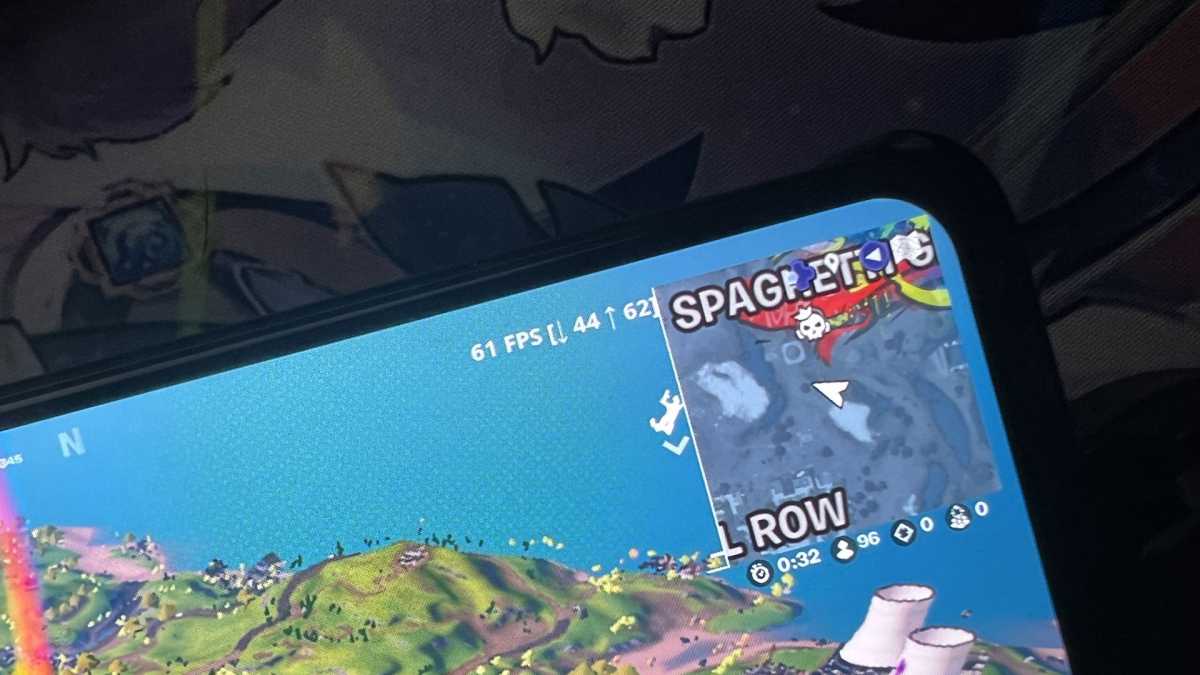
Joshua Brown
Climb to the Pro Edition (yes, that’s different to just the Pro) reviewed here and you’ll bump things up to 24GB and a huge 1TB of storage. Every model uses UFS 4.0 storage that opens apps, loads game maps and applies updates like lightning. There’s no concern there.
If you want your modern, large-scale open-world mobile titles to run as smoothly as possible, the Pro Edition has its place.
I rarely saw more than 6GB used while gaming; it’s more for leaving multiple games going at once provided you don’t let it clean up the memory periodically. Go big and you shouldn’t need to upgrade for a while.
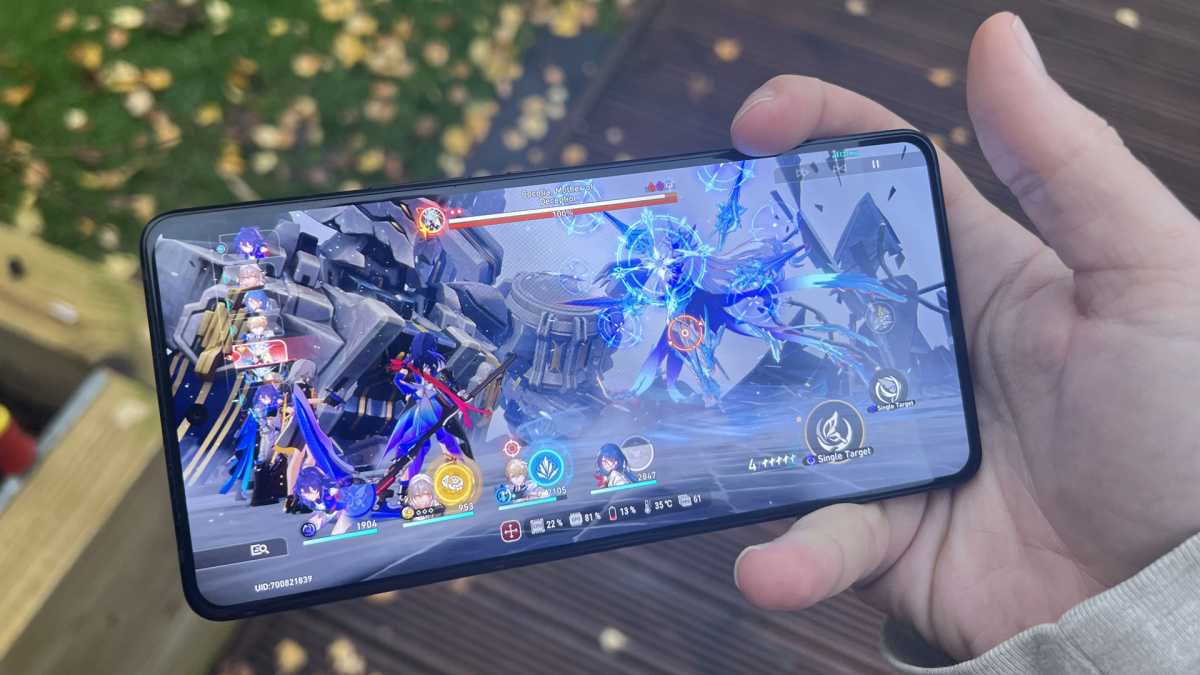
Joshua Brown
In testing, the Snapdragon 8 Elite achieved 9957 in the Geekbench 6 multi-core test and 3144 in the Single Core test.
On the multi-core side, the chip under the hood shows around a 38% improvement over the Snapdragon 8 Gen 3 found in last year’s ROG Phone 8 Pro and the Samsung Galaxy S24 Ultra. In Wildlife Extreme, it manages a playable 35fps. A marvel.
In practice, on Fortnite, the ROG Phone 9 Edition managed a near rock-solid 90fps on the highest settings possible. Better visuals are unlocked at a 60fps cap, which it still managed to maintain.
Asus ROG Phone 9 Pro benchmarks
It can’t rival the console or PC versions in terms of visual parity, but mobile gaming at this price point is largely competitive. Again, every frame counts. The fact you can have your cake (frame rate) and eat it too (graphics) is extraordinary.
Similarly, Genshin Impact maintained its 60fps cap at the top settings both in town and while smashing elements and enemies together in the Spiral Abyss. There’s the odd stutter as new attacks are cached, but once everything is wedged into the memory, you’re good to go for hours.
That same goes for a frantic boss battle in Honkai Star Rail. More into MOBA games? Wild Rift, one of the only more graphically intense, competitive titles with high framerate support, sings at 120Hz.
The fact you can have your cake (frame rate) and eat it too (graphics) is extraordinary
If you do manage to push it to the edge, Asus still offers its own external fan cooling system. This snaps onto the back of the device, with it (and a case to match) included with the Pro Edition.
In testing via the 20-minute 3DMark Wildlife Extreme stress test, performance quickly dropped by around 44% as the chip settled at 40c, presumably to maintain the battery. Permit it to go to full power through Armoury Crate and the performance drop-off is reduced to around 9% as it hits around 54c.
Crafty cooling on this setting made the short edges comfortably warm by redirecting heat to make the long side too hot to handle. With the external fan included in the Pro Edition attached, performance stability hit 98%, maintaining its full potential as the temperature was kept to that average 40c sweet spot.
Cameras
- Great 50Mp main shooter
- Selfie camera does an admiral job
- Photos can want slight adjustment
There’s plenty to talk about when it comes to cameras on the ROG Phone 9 Pro.
The front camera is a 32Mp ultrawide sensor that’s capable of taking impressive portrait shots in cloudy conditions. There are plenty of beautifying filters here, which will likely divide opinion.
Instead of the regular ROG Phone 9’s macro lens, the Pro models get a 32Mp telephoto with support for 3x optical zoom and 30x digital zoom. It’s joined by a 13Mp ultrawide, plus the main event – a 50Mp Sony Lytia 700 rear shooter, which has a slightly upgraded image stabiliser compared to the Sony IMX890 on the ROG Phone 8 Pro.
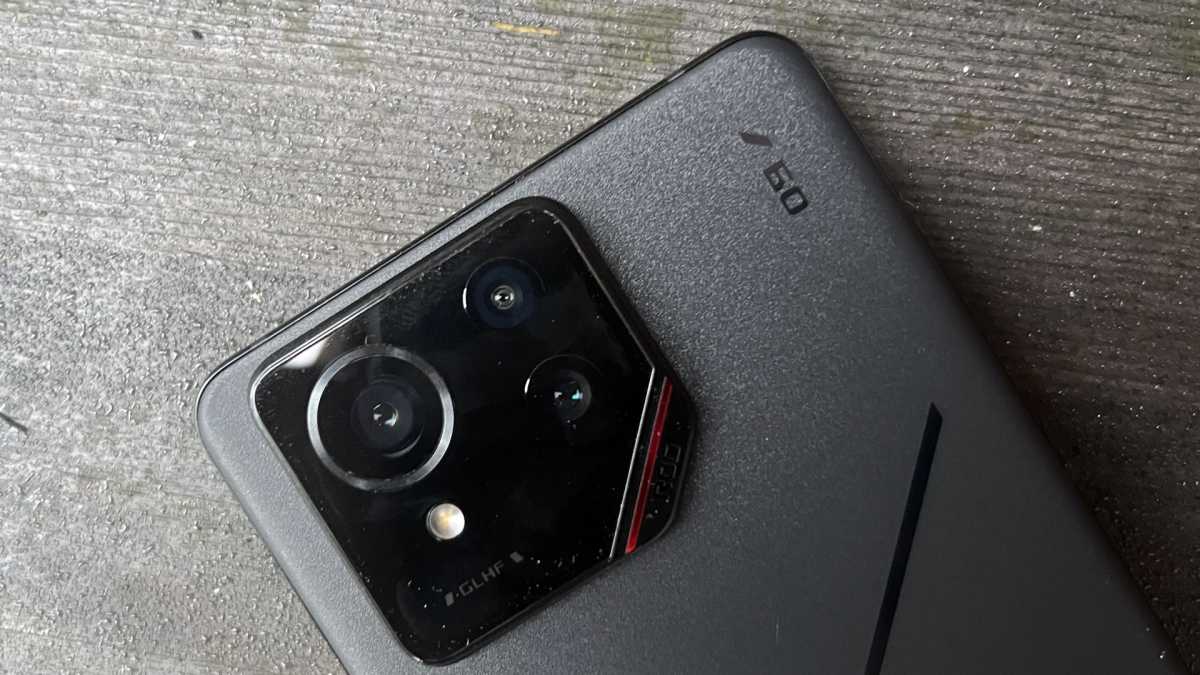
Joshua Brown
The results are impressive. In basic point-and-shoot testing, the rear cameras accurately captured a jaunt around a northern England town enjoying its first autumn frost. Grey bricks, murky waters, autumn leaves and colourful narrow boats were the day’s targets.
While shots came out a little cold or darker than they appeared, one-tap fixes were enough to add any missing character. There’s little doubt better natural lighting would resolve the issue, but that’s hard to find this time of year.
The 50Mp lens is also fast enough by default to clearly capture fast-moving objects outdoors. I didn’t get to test the AI Panning feature designed to keep one in focus during a panoramic shot, but after the bridge snap, I believe it can.
The rear cameras accurately captured a jaunt around a northern England town enjoying its first autumn frost
That same snapper settles on a slightly aggressive bokeh (background blur) at short range. This may not be to everyone’s tastes or suit the situation you’re trying to capture, but it achieves a great look. Exposure is tweaked a tad higher in portrait mode, with slightly stronger background blurring.
On the front, portrait blurring is especially strong but suitably accurate, with minimal hair wisps lost to the depth algorithms.
Brighter colours, like vibrant pink flowers blooming through the frost, appeared crushed. I’d hoped this was just a side-effect of the display, but viewing them back on my PC monitor displayed the same issue.
Could it have been caused by the sharp difference in the scene’s contrast? It’s possible. It’s something I struggled to replicate, but it’s worth keeping in mind. Similarly, low-light shots, while certainly usable, are nothing special by today’s standards.
Battery Life & Charging
- 5800mAh battery with 65W fast charging
- Great battery life on most settings
- Standby time can take a real hit
Improved over last year’s model is the battery. While keeping the chassis the same size (and only two grams heavier at 227g), the battery has gained an extra 300mAh to balloon to a whopping 5800mAh. It still supports 15W wireless and 65W wired charging, with a capable wired plug included in the box.
Even still, the loss of battery while on standby is noticeable if you don’t regularly close your apps. In use, it powers some incredibly lengthy gameplay sessions, with a 60fps Fortnite match draining around 1% of the cell per 5-minute struggle.
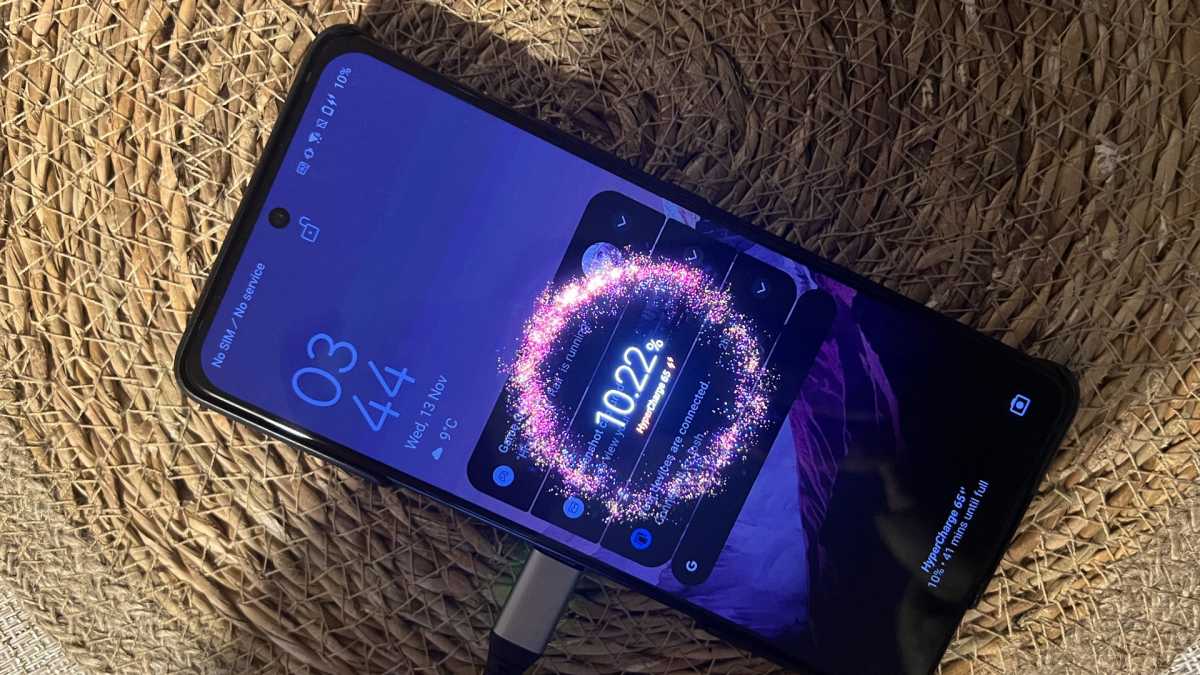
Joshua Brown
A 15-minute boost nets around 41% from empty, with a 30-minute charge managing up to around 70%. It’s a great way to fuel hours of Wild Rift rounds as you cool off and reflect on a brutal defeat.
During a gaming stress test, the 20-minute run lost us 8% on the balanced mode. At full spec, that became a cruel 18%.
In simulating real-world scenarios through the PCMark Work 3.0 test, 8 hours of screen-on time only depleted 52% of the cell, with it finally tapping out just after 14 hours and 40 minutes. So long as you’re not jumping into a tournament, you can go all day with a 15-minute recharge.
So long as you’re not jumping into a tournament, you can go all day with a 15-minute recharge
Even charging at half its maximum speed through an after-market charger, the ROG Phone 9 Pro gained almost 20% in around 10 minutes while playing Genshin Impact on the highest settings.
It also stayed comfortably warm. The Game Genie software reported a system temperature of around 40c during this little exercise. Battery drain while connected and gaming is a non-issue. The side-mounted charging port proves very useful in these scenarios.
Software & Apps
- Lots of interruptive tips and tutorials
- Game Genie is helpful without being unintrusive
- Hit-and-miss Armoury Crate app
The ROG Phone 9 Pro runs Android 14 out of the box, but with Asus’ custom ROG OS over the top.
This is where things can get a little cloudy. Setup feels like it takes an age with near-endless tutorials and tooltips getting in the way. The Armoury Crate overlay used to boost (or limit) gaming performance also feels poorly designed for landscape use, often getting in the way.
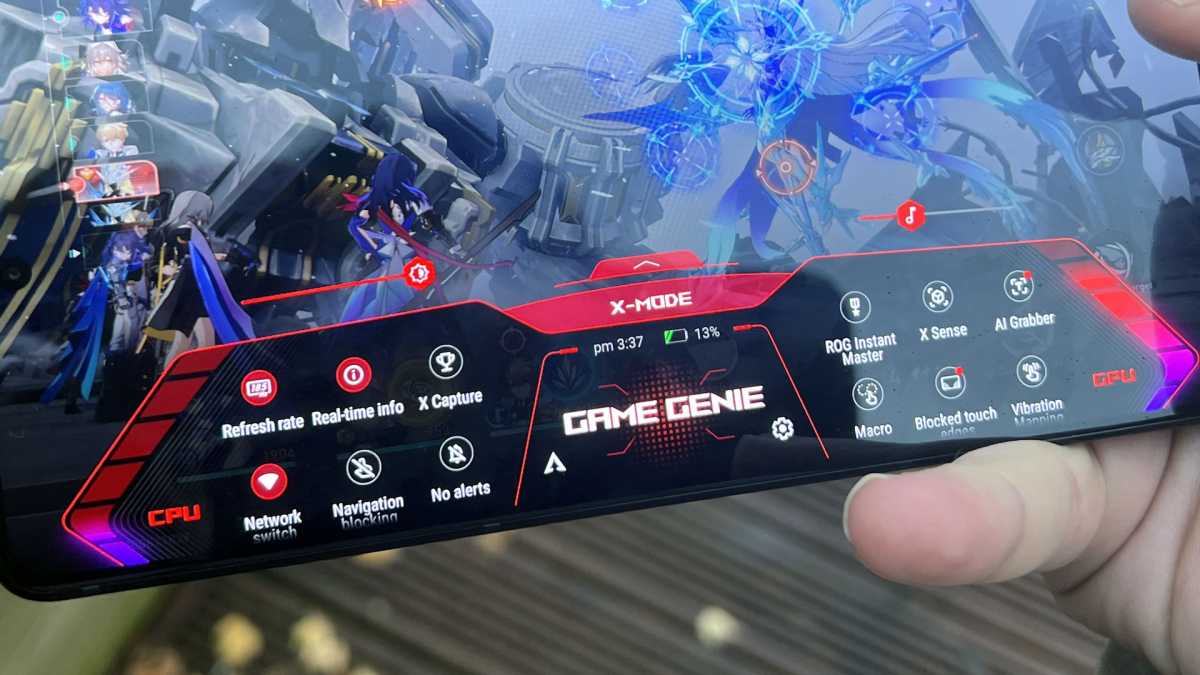
Joshua Brown
The Game Genie overlay, however, is a nice and concise built-in manager with nifty features like resource monitors, screen shrinking, recording (including AI-assisted auto moment recording in supported games), background play support and more. You can opt for a more streamlined experience too, if you’d prefer.
Aside from these gamer-specific tweaks and a few other Asus apps and tools, it’s relatively close to so-called ‘stock Android’. It means the general software experience feels slick and intuitive, provided you’re already familiar with Android phones.
The general software experience feels slick and intuitive, provided you’re already familiar with Android phones
Asus hasn’t how long the ROG Phone 9 Pro will be supported with software updates. Hopefully, it’s an improvement on the 8 Pro, which is limited to two major OS updates and four years of security patches.
Price & Availability
The ROG Phone 9 Pro starts at £1,099.99 in the UK. That’ll get you the 16GB/512GB model, but stepping up to the 24GB/1TB Pro Edition reviewed here costs £1,299.
It’s available pre-order directly from Asus, but also via Amazon, Currys and Scan, ahead of release on 1 January. No UK operators are selling it on contract, so you’ll have to buy outright and pair it with a SIM-only deal.
In the US, the standard 9 Pro will cost $1,199.99 (before tax), while the Pro Edition will set you back $1,499.99 (before tax). However, a release date in the States is yet to be confirmed.
The ROG Phone 9 Pro looks set to go up against the very best gaming phones you can buy, including the upcoming Nubia Redmagic 10 Pro. Don’t rule out some of the best phones outright either, including the Samsung Galaxy S24 Ultra.
Should you buy the Asus ROG Phone 9 Pro?
The ROG Phone 9 Pro is too expensive to be a realistic option for many people. But if you can afford it and want the absolute best gaming performance out there, this is the phone to get, especially the Pro Edition model.
If raw performance is what you’re after, it’s the go-to, with enough extra features to set it apart from others running the same chip.
Will you get similar performance in a cheaper gaming handset like a successor to the Nubia Z60S Ultra, Redmagic 9 Pro, or Poco X6 Pro in 2025? It’s likely. But with a side port for easy charging and those fan-favourite AirTriggers, it’s a hard phone to pass up.
Best of all, it’s still a great general-use phone. Battery life is strong when needed and everything it manages is easy on the eyes. The camera system pulls off accurate shots with minimal tweaking, and scrolling the web is fast, smooth, and hitch-free.
If you need something for work and serious play, it’s a genuinely exciting phone that’s hard to beat.
Specs
- Qualcomm Snapdragon 8 Elite chipset
- Up to 24GB of LPDDR5 RAM
- Up to 1TB of UFS 4.0 storage
- 6.78”, 2400×1080, 185Hz AMOLED display (2500 nits peak brightness)
- 5,800mAh battery
- 65W wired charging (15W wireless)
- AniME Vision addressable LED matrix
- Corning Gorilla Glass Victis 2
- 3.5mm headphone jack
- 2x USB-C charging ports
- Touch-sensitive “AirTriggers”
- 3x rear cameras (50MP, 32MP telephoto, 13MP ultra-wide)
- 1x front camera (32MP)
- 163.8 x 76.8 x 8.9mm
- 227g

